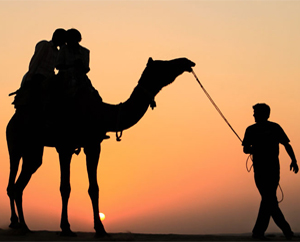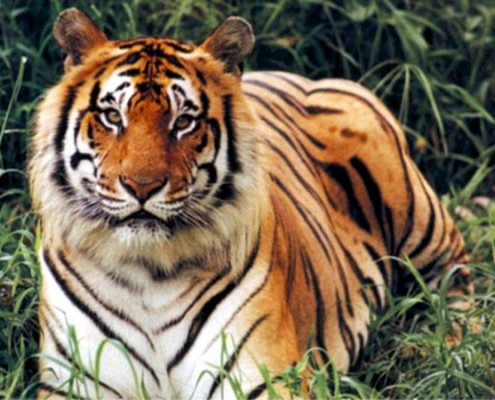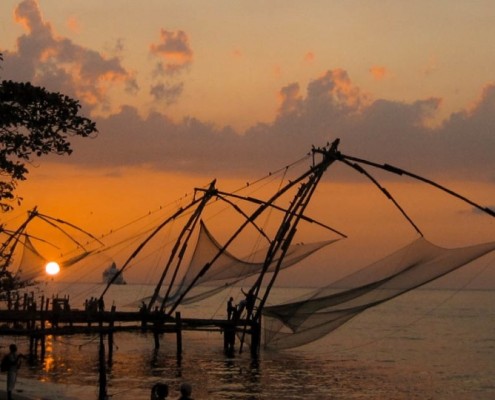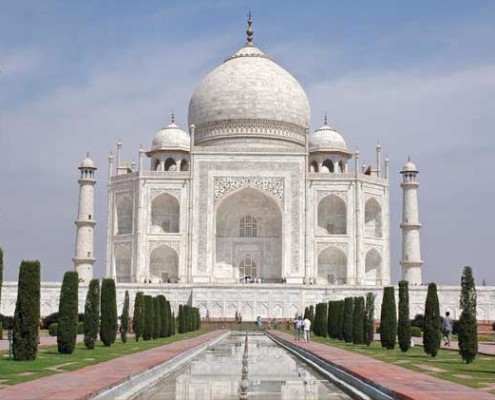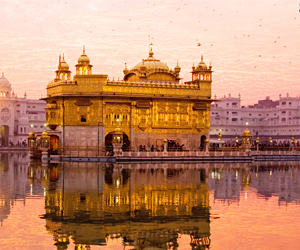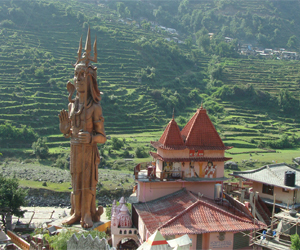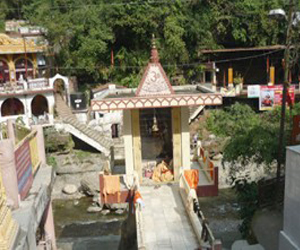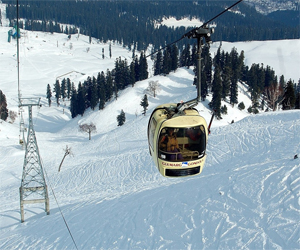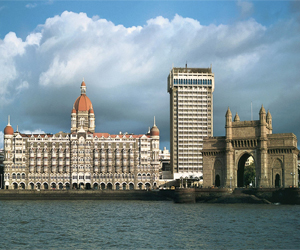India is famed for its rich and abundant wilderness, and wildlife sighting is a must when on a trip to this beautiful land. One can witness hundreds of diverse genus of creatures encompassing tiger, leopard, elephant, bear, wild boar, toddy cat, jackal, langur, ratel and many more in their natural habitat. Not only this, wildlife tours bring you close to different sorts of vegetation which make your holidays in India more appealing and adventurous. Our wildlife packages combine magnificent wildlife and picturesque landscape so that you can indulge the maximum time of tour in the famous national parks being accompanied by the experienced guides.
The ageless beauty of Gulmarg reflects the purity of nature. This small yet magnificent town is haven for the adventure seekers and a paradise for nature lovers. Toddle along the vast stretches of flower-clad meadows and sway through the alpine mountains replete with snow. Gulmarg invokes adventure instincts and at the same time offers a refreshing ambiance to retain peace of mind- it is a perfect melange to savour the taste of real Kashmir.
The ‘Heartland of Winter sports’, Gulmarg is where all the excitement takes place. The very first ski resort was established here in 1927 and ever since Gulmarg has been an epitome of skiing in the country. The town also takes great pride in owning Asia’s largest and world’s second largest cable car project called Gulmarg Gondola. It connects Gulmarg with Aparwath Mountain, from where one can ski down on a long snow-trail. Shark Fin is another brilliant place for powder skiing in the town. Gulmarg also boasts about being the longest Golf Course in India. Set against a beautiful backdrop, it attracts a large number of visitors.
The picturesque landscape offers myriad of options for sightseeing in Gulmarg. Places like Kongdori and Aparwath are well-connected through the Gulmarg Gondola. Scenic, as they can best be described, these fascinating places offer a panoramic view of the valley. Khilanmarg is another spectacular destination situated in the vicinity of Gulmarg offering unmatched view of the Himalayan range. A frozen lake situated 13 kms beyond Khilanmarg also attracts attention as a popular tourist attraction in Gulmarg. The virgin terrains of Nagin Valley and the sacred shrine of Baba Reshi sanctify this serene valley. The undying spectacle called Gulmarg gives millions of reasons to travellers across the globe to throng here.
Mumbai is the capital of Maharashtra and the economic powerhouse India. It’s an exhilarating city, fuelled by entrepreneurial energy, determination and dreams. Compared to the torpor of the rest of India, it can seem like a foreign country. Mumbai is the finance capital of the nation, the industrial hub of everything from textiles to petrochemicals, and it’s responsible for half the country’s foreign trade. To many visitors, Mumbai is the glamour of Bollywood cinema, cricket on the maidans on weekends, bhelpuri on the beach at Chowpatty and red double-decker buses. While it boasts an impressive Victoria townscape, a sculptured island cave temple and a national park that’s roamed by wild tigers, the city’s formal attractions pale in comparison to the nonstop theater of its streets. Sixteen million people from all over India are wedged into Mumbai and after a short stroll you will feel like you have rubbed shoulders with and bumped into every single one of them. The size of the population means the city has enough social problems to last a lifetime, but its spirit is irrepressible and it has personality by the bucket load. As the cultural bridgehead between east and west, whatever happens in the rest of India tends to happens first in Mumbai, and it usually happens with the maximum amount of swank and noise. Most visitors to India gear themselves up to confront poverty, but it’s the extravagant display of wealth in Mumbai that seem shocking. In many parts of the city flash cars and mobile phones are as common as street kids or beggars, and Mumbai loves to claim it has more millionaires than Manhattan. Flush with money, the city has an established social elite and an entertainment hungry middle class, which mean diversions are never in short supply. Mumbai lives and breathes cinema, enjoy a rollicking nightlife, boasts the best seafood restaurants in South Asia and has more shops and bazaars than you could ever hope to explore.
History
The seven islands that now form Mumbai were first home to the Koli fisher folk, whose shanties still occupy parts of the city shoreline today. The island were ruled by a succession of Hindu dynasties, invaded by Muslim in the 14th century and then ceded to Portugal by the Sultan of Gujarat in 1534. The Portuguese did little to develop them before the major island of the group was included in Catherine of Braganza’s dowry when she married England’s Charles II in 1661. The British Government took possession of all seven islands in 1665 but leased them three years later to the East India Company for a meagre annual rent. Bombay soon develop as a trading port, thanks to its fine harbour and because merchants were attracted from other parts of India by the British promise of religious freedom and land grants. Bombay’s fort was built in 1720s, and land reclamation projects soon began the century-long process of joining the seven islands into a single land mass. Although Bombay grew steadily during the 18th century, it remained isolated from its hinterland until the British defeated the Marathas and annexed substantial portions of Western India in 1818. Growth was spurred by the arrival of steam ships and the construction of the first railway in Asia from Bombay to Thane in 1853. Bombay played a formative role in the struggle for Independence, hosting the first Indian National Congress in 1885 and the launched of the ‘Quit India’ campaign in 1942. After Independence the city became capital of the Bombay Presidency, but this was divided on linguistic grounds into Maharashtra and gujarat in 1960. Since then Bombay was made the capital of Maharashtra, the city of Bombay was officially renamed Mumbai in 1996.
Climate
Mumbai is warm and humid year round, and temperatures are stable thanks to the moderating influence of the sea. There are three distinct seasons: summer, monsoon and what is quaintly referred to as winter. Summer lasts from March to mid-June and is characterized by high temperatures, sticky humidity and short tempers. There’s a slight drop in temperature when the monsoon arrives from the south in mid-June and proceeds to dump 2000mm of rain on the city over next three months. It generally rains everyday, during the monsoon, but it certainly doesn’t rain all the time. There’s then a short transition to winter, which begins in earnest in mid-October and lasts until late February. Winter means an average 2°C drop in temperature, clear skies and fractionally lower humidity -anywhere else in the world.
Population
15 million.
Main Language
Marathi, Hindi, English.
Telephone Area Code
022
Best Time to Go
September to April.

